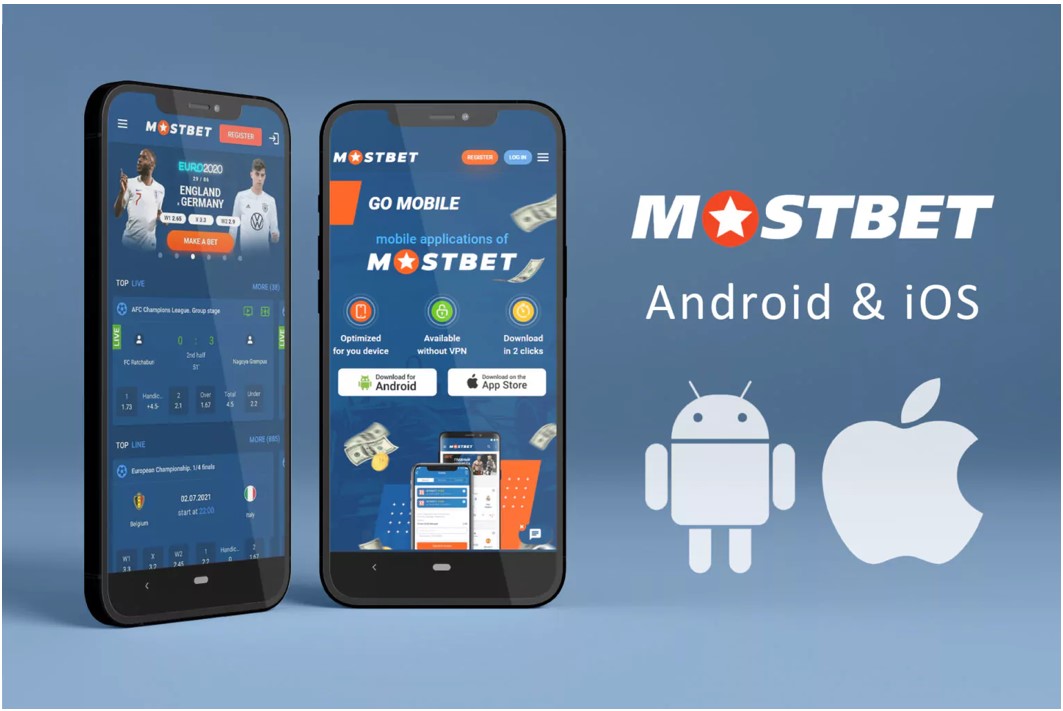
The Evolution of Online
The journey into the vast world of the internet has forever changed the way we communicate, work, and play. With each passing decade, the evolution of online technology has introduced innovative platforms, tools, and experiences, paving the way for unprecedented connectivity and ease of access. One noteworthy aspect of this digital transformation is encapsulated by services like The Evolution of Online Mostbet Login, which represent the growing reliance on online platforms for everything from gaming to social interactions.
1. The Birth of the Internet
The concept of a global network first took shape in the late 1960s with the development of ARPANET, a U.S. Department of Defense project aimed at connecting various research institutions. By the 1980s, TCP/IP protocols became the standard for networking, allowing multiple networks to communicate with each other. This laid the foundation for the internet as we know it today, leading to the introduction of the World Wide Web in the early 1990s. Tim Berners-Lee’s invention allowed users to navigate the internet using links and web browsers, making it more accessible to the general public.
2. The Rise of Personal Computers
The late 1980s and early 1990s witnessed the proliferation of personal computers (PCs). As hardware became more affordable, households started integrating PCs into their daily lives. This trend was pivotal in fostering the online revolution, as more individuals gained access to the internet. Software development flourished, leading to the emergence of user-friendly applications designed for internet browsing, email communication, and online gaming. By the mid-1990s, websites began to appear, ranging from personal blogs to e-commerce sites, emphasizing the internet’s potential as a vast marketplace.
3. E-commerce and the Dot-com Boom
The late 1990s witnessed the explosion of e-commerce, as companies like Amazon and eBay emerged to capitalize on the growing online consumer base. This era, often referred to as the dot-com boom, saw the rapid rise of internet startups, culminating in a frenzy of investment and speculation. However, the bubble burst in 2000, leading to a significant contraction in the market. Despite this setback, the foundations for online shopping had been firmly established, creating a new paradigm for consumers to interact with brands.
4. The Social Media Revolution
The early 2000s marked the advent of social media platforms, fundamentally changing how people interacted online. Websites like Friendster and MySpace paved the way for giants such as Facebook, Twitter, and Instagram. These platforms transformed personal communication, allowing users to share their lives, thoughts, and opinions with a global audience. Social media not only fostered individual connections but also became a powerful tool for businesses to engage with customers, driving brand loyalty and influencing purchasing decisions.

5. The Mobile Internet Era
The rise of smartphones in the late 2000s further revolutionized online access. With the introduction of devices like the iPhone, the internet became available at people’s fingertips wherever they went. This shift towards mobile technology necessitated a reevaluation of web design—enter the concept of responsive design, which ensured that websites could adapt to different screen sizes. Mobile apps became the new frontier for businesses, allowing them to connect with consumers in innovative ways, from mobile shopping to gaming. The accessibility of the internet on mobile devices facilitated a dramatic increase in online usage, ushering in an era of unparalleled connectivity.
6. Streaming and Content Consumption
As bandwidth increased and technology improved, streaming services emerged, transforming how people consumed media. Platforms like Netflix, YouTube, and Spotify made it possible to access a vast library of content instantly. This shift from traditional media consumption to on-demand streaming reflects changing consumer habits, where convenience and personalization are prioritized. The rise of user-generated content on platforms like TikTok has further democratized content creation, allowing anyone with a smartphone to share their creativity with the world.
7. The Impact of Cloud Computing
Cloud computing has revolutionized how businesses manage their data and operations. By allowing companies to store and access data remotely, cloud services have enabled unprecedented scalability and flexibility. This shift has also facilitated the rise of collaborative tools, making remote work not only possible but efficient. As organizations adapt to a global workforce, online platforms that support teamwork and communication have become essential, reinforcing the importance of the internet in modern business practices.
8. The Future of Online
Looking ahead, the internet continues to evolve at a breakneck pace. Emerging technologies such as artificial intelligence (AI), virtual reality (VR), and blockchain hold the potential to reshape online experiences even further. AI is becoming integral in personalizing user experiences, while VR is poised to transform how we interact with digital content. As security and privacy concerns grow, discussions around regulations and ethical considerations will likely shape the next phase of online evolution.
9. Conclusion
The evolution of online technology has been a remarkable journey, marked by innovation and transformation. From the birth of the internet to the rise of mobile and cloud technologies, each step has redefined human interaction and commerce. As we embrace new technologies and navigate the challenges they present, the internet will undoubtedly continue to shape the future of our society. Its potential is limitless, and as users, we are all part of this exciting evolution.
